Copper Pipe,Disposable Copper Pipe For Laboratory,Medical Copper Pipe,High Precision Copper Pipe ShenZhen Haofa Metal Precision Parts Technology Co., Ltd. , https://www.haofametal.com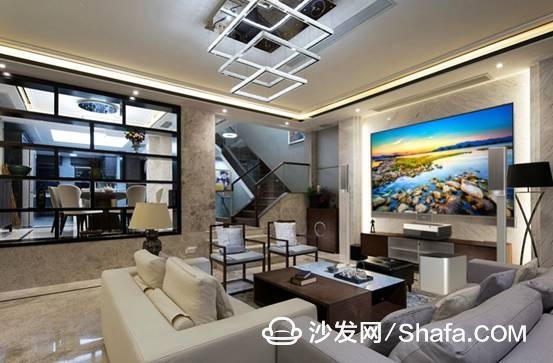
Only by grasping quasi-positioning can we better recognize the difference. In fact, the update rate of TV is very fast. After the standard 80, I experienced the age of CRT TV. At the beginning, I experienced the transition from LCD TV to LED TV and experienced more. The visual feast brought about by high picture quality; I experienced the peak and decline of Panasonic Plasma TV, experienced the development of 2K towards 4K and even 8K, and also experienced the sly feeling brought by 3D. 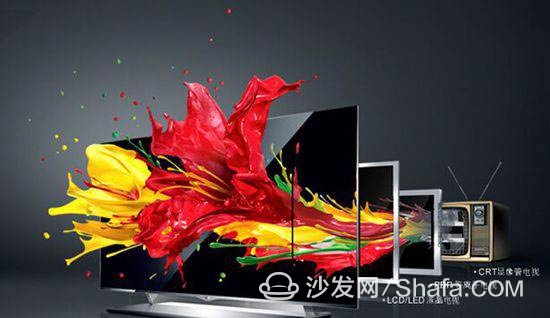
From the aspect of product positioning, the size of LCD TVs has very big limitations. Currently, 55-inch LCD TVs are very popular on the market, but TVs with 60-inch or more are not only small but also have relatively high prices. If the TV is designed to 100 inches, the price I believe we will reach a peak and look at Sony's upcoming 50W 100-inch TV. You will know that they will never be able to mass production and the audience is very limited. So, if you just want to watch TV on TV, you can choose ordinary LCD TVs without too much demand.
Compared with LCD TVs, the flexibility of the projector has been greatly improved, and the reproducibility of colors is better than that of LCD TVs. However, LCD TVs are superior to high-precision, high-brightness expressions. The use of projectors, such as OLED technology and quantum dot technology, also makes LCD TVs much better than projectors in terms of color gamut and expressiveness. If the user chooses a display device for daily home use, the usefulness of the projector is believed to be definitely at a disadvantage. So, in general, the projector is more used for education, commercial use, and conference use. The home projector market is not very broad. 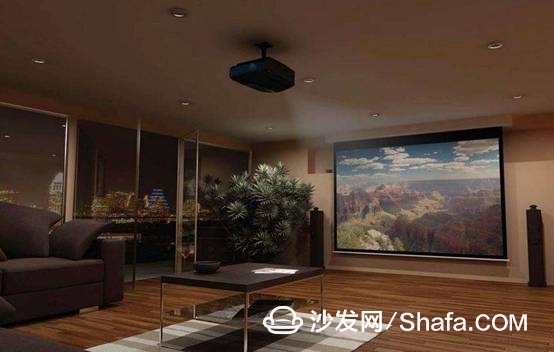
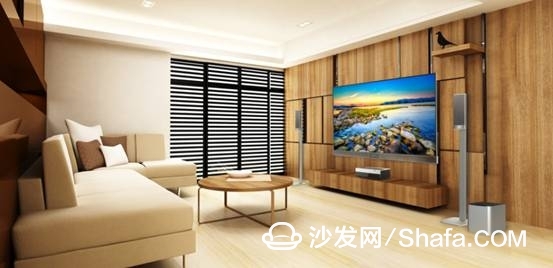
At present, the price of 50-percent OLED TVs in the market is still within the range of consumers' acceptance, but the price of OLED TVs with more than 60-inch increase in the form of folds. Combined with the current market research, we found that today's consumer market, more than 60-inch TV is gradually becoming the mainstream, so the development of OLED is bound to enter the bottleneck, eventually leading to inorganic availability. 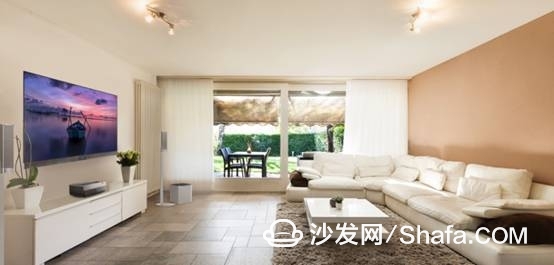
Compared with LCD TVs such as OLEDs, laser TVs have become more mainstream. First, the price of 100-inch TVs newly released by Hisense represents a great advantage for LCD TVs with a size of more than 80 inches on the market. Secondly, Hisense laser TVs have high-brightness. With long-life, wide color gamut, and low power consumption, this is unmatched by LCD TVs such as OLEDs.
Therefore, we can find that the overall performance, size, price and longevity of laser TVs are far superior to those of OLED TV products that are known as next-generation display technologies.
More Than Projection Laser TVs, Also Known as TVs For consumers, when it comes to projectors, the first thing that comes to mind is the large size, light source, and category. Indeed, there are many kinds of projectors, such as telephoto, short-focus, commercial, education, and civil use. The products are also different for different market positioning.
The projector's volume is relatively small, there is no fixed placement requirements, a screen can get a viewing environment, size can be adjusted, but these advantages of laser television are also readily available. 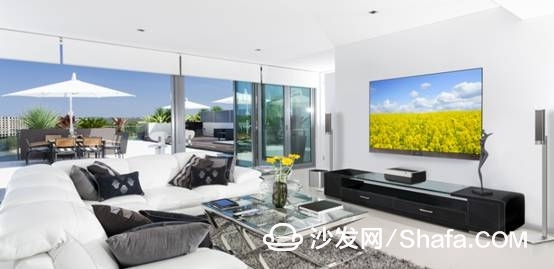
In addition to this, the projector is only the body itself, but the laser television is a combination of the body, sound and curtain, separation of sound and picture, allowing users to enjoy more efficient sound quality while experiencing the quality, can be described as two birds with one stone .
Eye protection function Hisense laser TV alone this one and I talked about so many differences on LCD TVs, laser TVs and projectors, I believe we also have a very deep understanding of this, and I believe we read so much text content, eyes Will definitely be a bit unwell, right? Here, the author will have to talk to you about this function.
With the popularization of electronic products, more and more friends have more or less myopic problems. Therefore, many display devices are now emphasizing eye protection, and the eye-protection products market has become even broader. Consumers are interested in this part. The degree of attention is also gradually increasing. 
Today, with the popularity of large-screen TVs, if you want to choose a TV with a big screen, high performance, flexibility, and excellent price, then laser TV is undoubtedly the most suitable choice. The cost of large-size LCD TVs is a big one. The price is the most important factor restricting their popularity. I believe that the high price of 50W won't be accepted by all consumers. Miscellaneous types, poor applicability, and short lamp life are the weaknesses of the projector. At the same time, it is difficult for them to truly enter the living room. The laser television is different, its brightness can be comparable to the LCD TV, its size is more flexible than the LCD TV, its light source life is longer than the projector, it also has eye protection function! Whichever point, on the LCD TV and projection In the machine market, it is more convincing to consumers, but also more able to stimulate the consumer's desire to buy it!
Not long ago, the author released an article about laser televisions and LCD TVs, which attracted many friends' hot discussion. The most commentary was the difference between laser televisions and projectors. Many netizens believe that in fact, laser televisions are A projector does not have any essential difference. Today, I would like to talk to you all about the difference between LCD TVs, laser TVs, and projectors. Nowadays, with the advent of OLED TVs, ULED TVs, QLED TVs and even laser TVs, more and more consumers are puzzled. What is the difference between them? In terms of the positioning of laser televisions, it looks exactly like a projector, but the full range of expression is more like a combination of LCD TVs and projectors. Compared to LCD TVs, laser TVs have great advantages in terms of size, such as the 100-inch laser television recently released by Hisense, which is superior in terms of size, performance, price, and expressiveness; it is different from a single projector. The body, laser television has a curtain, body and sound, has a perfect TV experience, and the reason why laser TV is not called a projector, the biggest reason for calling it TV is that it has an independent TV picture quality processing technology, equipped with The independent processing chip can perfectly restore the picture quality, and this is the power of the projector. Therefore, laser television is definitely a good choice for consumers who want to enjoy a large-screen experience and also have high requirements on picture quality. OLED is difficult to support laser TV even more with the flow of OLED technology, quantum dot technology was once considered by the industry as the next generation of display technology, and the OLED market camp is even more powerful through the addition of many big brands, but the OLED power consumption, brightness and life above it It does not match its technology, and the cost is the most important reason why OLED TVs cannot be popularized. However, the life of the projector is short, the replacement of the lamp is troublesome, and the projection effect cannot be ensured in a bright light environment, but it is a fatal disadvantage of the projector. And these laser televisions do not exist. Laser TVs use laser light sources, which can emit high-quality light sources, have a long life, and can have very high contrast in very bright environments. The final results are generally the same as for televisions. But not every device can really do eye protection, projectors do not work, LCD TVs do not work, many display devices will not work, but laser television can. The principle of laser television simulation of nature's reflective imaging is what people see is the screen reflects light, real natural, no radiation, to avoid the traditional screen of the mirror glare and strobe and other issues. This is exactly what ordinary TVs and projectors can't match, and it's the biggest difference between them.
Secondly, another layer of reason why OLED cannot be popular is also related to the consumer's living environment. We know that the larger the size of the TV, the more demanding the living room space is. The normal 60-inch TV requires a safety distance of about 4 meters. Suspending a 100-inch TV will inevitably require more space to carry it. This is very difficult for China, which is hard to find in a room that is hard to find.
Smart TV/box information can focus on smart TV information network sofa butler (http://), China's influential TV box and smart TV website, providing information, communication, TV boxes, smart TVs, smart TV software, etc. Answering questions.
October 16, 2024